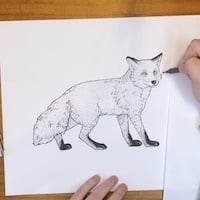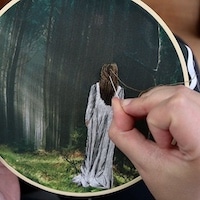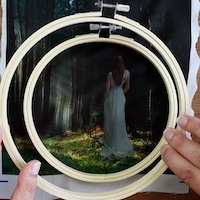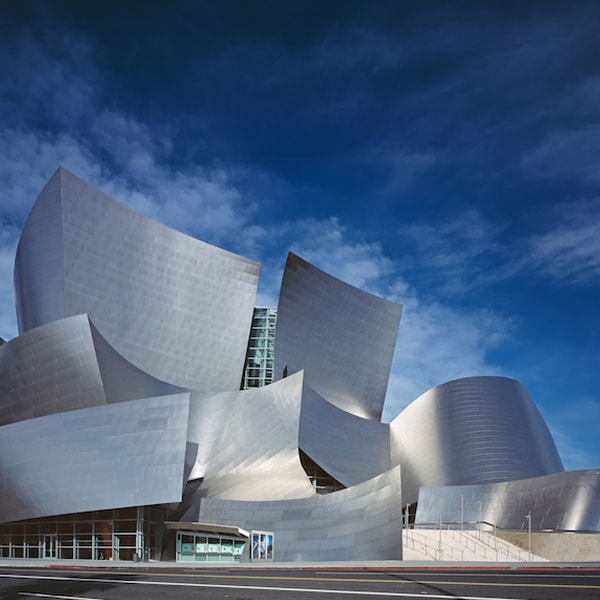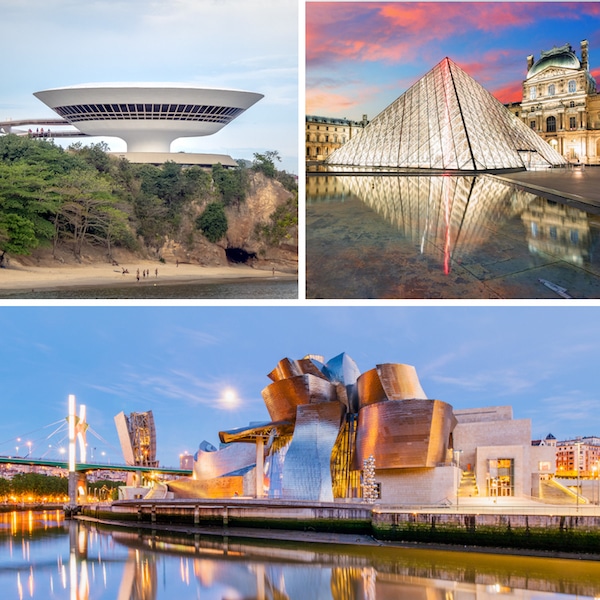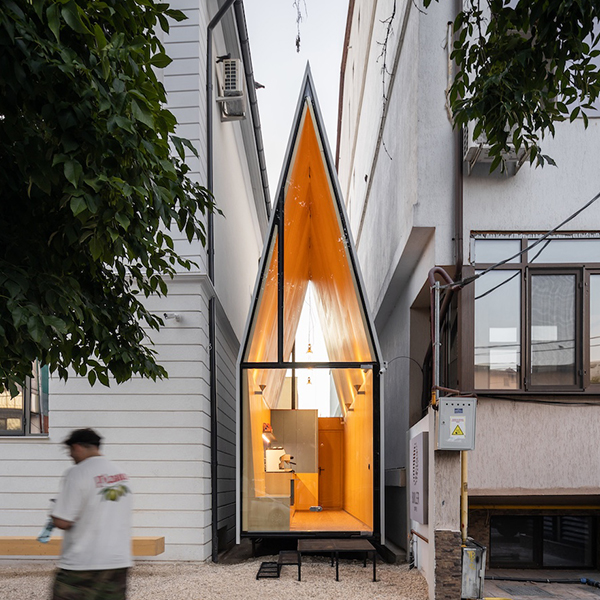
At this year’s World Expo in Osaka, Japan, visitors are encountering some of the best architectural, cultural, and artistic innovations from across the globe. Pasona Group’s contribution to the expo is no exception, uniting everything from nature and spirituality to interconnectivity and ecology. For Pasona, no image better encapsulates these themes than an ammonite.
Architecturally, ammonites offer tremendous opportunities for experimentation, encouraging fluid, concentric shapes rather than rigid lines. In that vein, Pasona collaborated with the architect Satoshi Itasaka to produce Pasona Natureverse, an expo pavilion composed of two elements: a monumental shell perched atop an ammonite. The structure is dominated by spiral formations, creating a dramatic yet seamless silhouette, whether it is seen from the ground or from above. These shell and ammonite motifs, however, are not merely visual tools, but also references to the cyclical nature of life.
Ammonites lived approximately 400 million years ago and overcame three periods of mass extinction, including the Ice Age. Reviving this prehistoric creature, especially one that’s often considered a “predecessor of life,” links our present moment to another time altogether, despite being separated by millennia. Aside from ammonites, spirals appear throughout countless natural phenomena, ranging from something as extraordinary as a typhoon to something as microscopic as a DNA strand. In this way, Pasona Natureverse plays with several different scales, including physical size, historical distance, and ecological context.
For Pasona’s CEO and founder, Yasuyuki Nambu, spirals also represent a “folding together,” where disparate threads converge and twist into one, much like a society. He has previously said of the pavilion: “This spiral has been placed as a symbol of an affluent society, where people connect with each other toward the pavilion’s goal of a world where gratitude for life resonates.”
That sense of community extends into Pasona Natureverse’s logistical components. The pavilion relies upon a water-based cooling system, in which a thin film placed across the roof’s surface promotes evaporative cooling and thus reduces the need for air-conditioning. Rainwater is also collected and reused within the structure’s non-potable functions. Fittingly, the pavilion will be deconstructed and reassembled on Awaji Island once the expo concludes. Nestled in Japan’s Seto Inland Sea, the island boasts one of the country’s most impressive ammonite fossil beds. Sustainability and the impact upon its natural surroundings greatly informed the pavilion’s design, further solidifying its dedication to communal connection.
“Through the pavilion, Pasona aspires to create a world in which all people, from children to the elderly, are honored and filled with gratitude for life,” a company statement reads. “Our society is part of the natural world, and humanity’s continued existence is thanks to nature.”
The 2025 World Expo opened on April 13, 2025, and will conclude on October 13, 2025. To learn more about Pasona Natureverse and other pavilions, visit the World Expo website.
The Pasona Natureverse pavilion at the Osaka World Expo draws its inspiration from ammonites and shells.



The pavilion’s spiral motifs reference themes of interconnectivity, nature, spirituality, harmony, and ecology.







